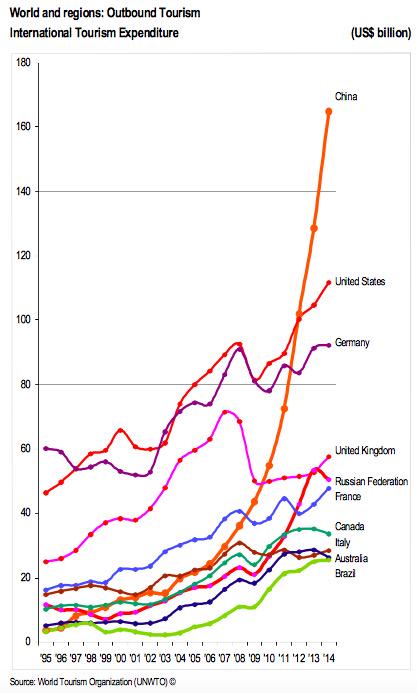Google’s neverending quest to obtain as much information about you as possible has just crossed into a rather eerie territory. The tech company’s artificial intelligence is now so advanced that it can predict when you will die with 95 percent accuracy.
 Things feel as they are drifting toward the macabre when it comes to advances in technology. Nothing seals that quite like the announcement of Google’s ability to predict your death with stunning accuracy using artificial intelligence. As reported by IFL Science, the new ability to use AI to predict death is outlined in a study recently published in npj Digital Medicine. The study involves new Artificial Intelligence (AI) that Google’s Medical Brain team have been working on. It has been trained to predict how likely it is that patients entering a hospital will make it out alive.
Things feel as they are drifting toward the macabre when it comes to advances in technology. Nothing seals that quite like the announcement of Google’s ability to predict your death with stunning accuracy using artificial intelligence. As reported by IFL Science, the new ability to use AI to predict death is outlined in a study recently published in npj Digital Medicine. The study involves new Artificial Intelligence (AI) that Google’s Medical Brain team have been working on. It has been trained to predict how likely it is that patients entering a hospital will make it out alive.

Bring on the death panels. As if things aren’t scary enough, imagine how horrifying this technology’s use could be especially if the government ever gains complete control of the healthcare system. Google’s AI would simply say there’s not a high likelihood of a person making it out of the hospital alive, so no care will be given. Humanity is most definitely devolving.
The AI is 95% accurate which is much more accurate than the current early warning score system used in hospitals now.
Overall, the study found that the AI was able to predict mortality 24 hours after admission with 95 percent accuracy at one of the hospitals trialed, and 93 percent at the other. This was significantly better than the hospital’s traditional predictive model (the augmented Early Warning Score), which predicted mortality with 85 and 86 percent accuracy respectively. –IFL Science







